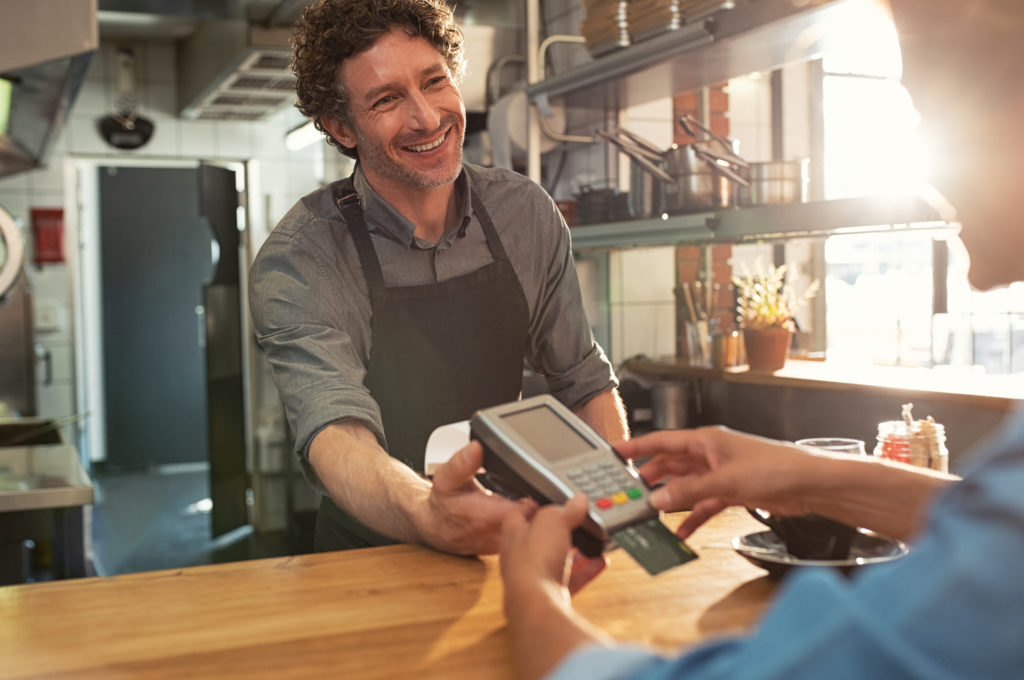Data is valuable. Everyone in business knows that. But finding the most value in data requires diving deeper than your competitors do. For example, as the pandemic fades into the past, the data shows that people are doing more now of what they couldn’t do in the recent past: eat and drink in public places.
Consumer spending in restaurants and bars was up 18% in the week of 7/4/2021 as compared to two years ago, according to the Consumer Spend Tracker from Commerce Signals, a TransUnion company. And much of that spending is taking place inside. In-store restaurant/bar sales are up 5% for the same time period.

That’s a dramatic shift from just two months earlier. In the week of 5/16-5/22, in-store restaurant/bar sales were down 14% from the comparable period of 2019.
But if you look only at those trendlines, you’ve missed the point. The actionable value is hidden within those spending figures.
See it coming a mile away
The dramatic increase in spending seen in recent weeks is impressive, but not surprising. Most pundits were predicting a nationwide rise in restaurant/bar spend for the week of the Fourth of July holiday. That’s because eating and drinking places reported total sales of $70.6 billion on a seasonally-adjusted basis in June, according to preliminary data from the U.S. Census Bureau. That was up 2.3% from May.
But here’s the problem: what can a restaurant or bar do with data like that? What does data like that say about how to market your company? What does data like that say about which consumers you should target?
To make the best use of your marketing and advertising budget, you need to ask what the data says about how individuals do, or don’t, value your business in comparison to your competitors.
True, valuable, actionable data will show that even an overall upward trend like the one seen in restaurant/bar spend in early July consists of numerous, multidirectional indicators of what individual people value. People don’t value all eating and drinking establishments the same. Nor do individual people assign the same value to individual establishments that they did before the pandemic. Tastes change. Things come in and out of fashion.
A nationwide rise in an industry’s revenue is good news for the industry, but not for every company and every product within it. Start looking at how individuals interact with your business and those of your competitors. Then your advertising plan will become clear.
Consider the source
If your company is one of those that’s not doing well during the recovery, you need to know why. Are some locations dragging down companywide revenue? You need to know how your local operations compare to local competitors right down to the store level.
Even if your business is one of those riding high in the present recovery, you want answers to those same questions. When consumers in one locality prefer your store or restaurant, you can consider if your competitors’ problems are an opportunity for you. To get the answers you need data that pulls back the curtain on both nationwide or regional trends and looks closely at what individuals value at the store level.
Commerce Signals’ Merchant Tracker includes sales and share for 1,100 merchants — assembled from credit and debit transactions made with Visa, Mastercard from 40 million households. We then scale that data to reflect total U.S. credit/debit transactions by calibrating against proprietary internal and third-party datasets such as U.S. Census demographics and the major credit bureaus. Clients can analyze market share, sales dollars and transactions, average ticket, net new customers and consumer distance traveled down to the store level.
So the next time you see a report about how well, or poorly, your industry segment is doing, view it as a starting point. Because the real value can be found only by looking at what individuals’ value at the location level. Contact us for a demo.
